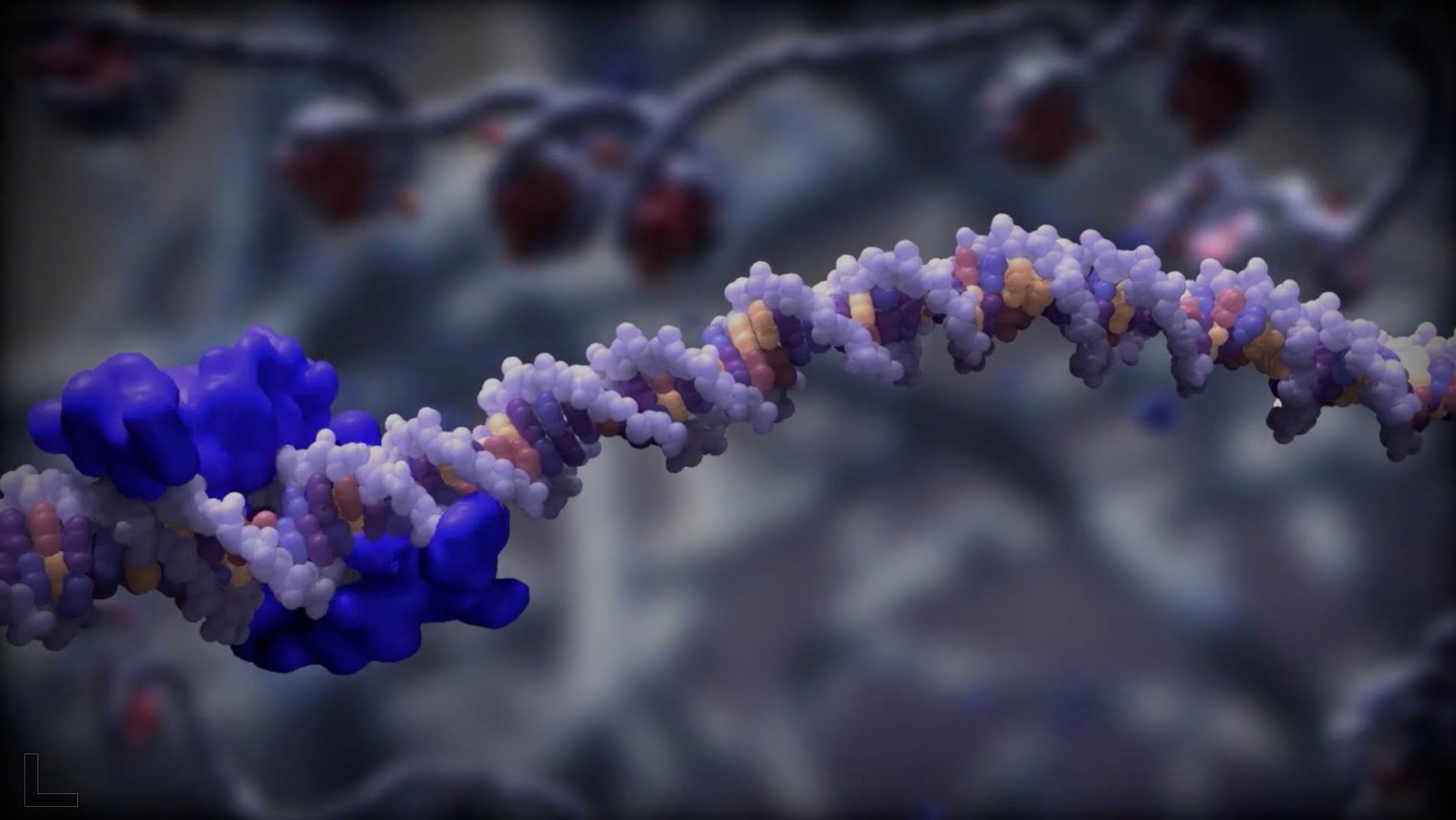Dec 15, 2016
Gene editing takes on new roles
Posted by Karen Hurst in categories: bioengineering, biotech/medical, genetics, neuroscience
What combinations of mutations help cancer cells survive? Which cells in the brain are involved in the onset of Alzheimer’s? How do immune cells conduct their convoluted decision-making processes? Researchers at the Weizmann Institute of Science have now combined two powerful research tools — CRISPR gene editing and single cell genomic profiling — in a method that may finally help us get answers to these questions and many more.
The new technology enables researchers to manipulate gene functions within single cells, and understand the results of each change in extremely high resolution. A single experiment with this method, say the scientists, may be equal to thousands of experiments conducted using previous approaches, and it may advance the field of genetic engineering for medical applications.
The gene-editing technique CRISPR is already transforming biology research around the world, and its clinical use in humans is just around the corner. CRISPR was first discovered in bacteria as a primitive acquired immune system, which cuts and pastes viral DNA into their own genomes to fight viruses. In recent years, this bacterial system has been adopted by researchers to snip out or insert nearly any gene in any organism or cell, quickly and efficiently. “But CRISPR, on its own, is a blunt research tool, since we often have trouble observing or understanding the outcome of this genomic editing,” says Prof. Ido Amit of the Weizmann Institute of Science’s Immunology Department, who led the study. “Most studies so far have looked for black-or-white types of effects,” adds Dr. Diego Jaitin, of Amit’s lab group, “but the majority of processes in the body are complex and even chaotic.”


















